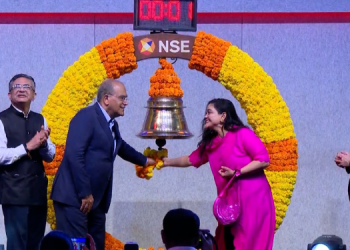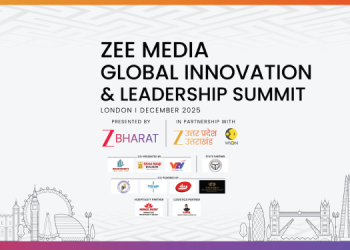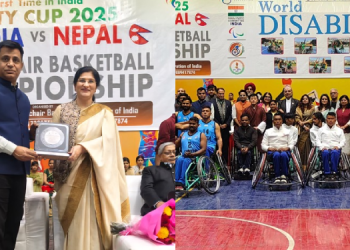Mumbai: National Geographic will air the documentary ‘FIH Men’s World Cup 2023 Hockey Odisha Bhubaneswar-Rourkela’ on 24 February, at 9 pm. This chronicles the tale of hosting India’s first dual-city Men’s Hockey World Cup
The documentary will look at the conceptualisation and efforts that went into the making of world’s largest hockey stadium, giving a glimpse of what it takes to host a World Cup
The broadcaster noted that the sport was introduced by the British. Hockey bestowed a distinctive identity upon India even before gaining independence. The inception of the first hockey club in India in 1885 marked the beginning of the national sport’s enduring presence in the country’s legacy. With 8 Olympics golds, 1 World Cup win, and several golds in women’s hockey across tournaments, the Indian hockey team has continued to stand out, boosting the immense pride and hockey fervour amongst the fans. For the very first time, India hosted a dual-city Men’s Hockey World Cup in Odisha, at the Birsa Munda Hockey Stadium, Rourkela and Kalinga Stadium, Bhubaneswar.
The Birsa Munda Stadium holds the Guinness Book of World Record for being the largest fully seated Hockey stadium in the world with the capacity of 20,011 spectators. Post the success of ‘Superstructures: Birsa Munda Hockey Stadium, Rourkela’ in collaboration with the Government of Odisha which unravelled the journey behind the making of the world’s largest hockey stadium, National Geographic India will premiere another docu-film titled ‘FIH Men’s World Cup 2023 Hockey Odisha Bhubaneswar-Rourkela’.
The film will give viewers a behind-the-scenes preview into the conceptualization, planning, and challenges of hosting and conducting India’s first dual-city Men’s Hockey World Cup. The film aims to bring forth India’s vision and commitment to restoring the former glory of Indian Hockey. The film not only captures the pivotal role of Odisha in shaping the destiny of the Indian Hockey Team but also highlights the collective victory of everyone who worked hard to make the world’s biggest hockey tournament a runaway success with sold-out tickets, creating a lifetime memory for hockey fans.
The documentary offers a perspective into the intricacies of managing the operations and logistics of 16 teams between Bhubaneswar and Rourkela and how the World Cup proved to be a growth enabler, especially for the latter city which had never hosted an international match. Rourkela saw huge developments to match the standard of a World Cup hosting city. From street art, high streets to DotFest featuring live performances by national and international artists, the entire event was celebrated as a festival. The film will spotlight the state’s grassroots initiatives, sports infrastructure, and continuous efforts to nurture emerging talent.
“At National Geographic, we harness the power of innovative and insightful storytelling through thought-provoking and compelling narratives, providing viewers up-close access to enriching stories that educate, motivate, and inspire them. Viewers will learn about how infrastructural innovation is catalysing the growth and development of our nation. Moreover, with this film, we aim to instil a sense of pride amongst the viewers as India proves its readiness to host international tournaments, solidifying its position as a global sporting destination.” said a National Geographic India Spokesperson
National Geographic’s first film on Birsa Munda delved into the making of the world’s largest hockey stadium by seating capacity. It said that this was viewed by over 800k+ viewers on YouTube and garnered over 9 MN impressions.

















